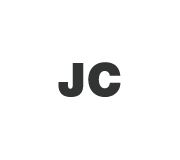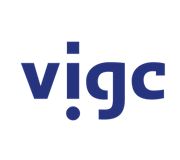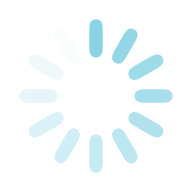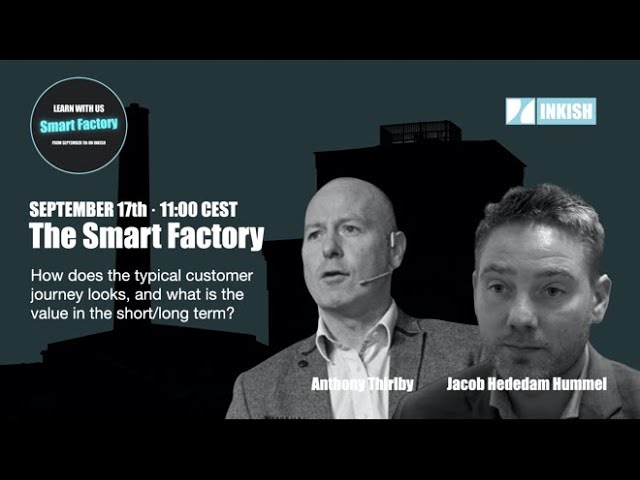The Customer Journey · Anthony Thirlby & Jacob Hededam Hummel · Smart Factory · Learn With Us
How does the typical customer journey looks, and what is the value in the short/long term? – by Jacob Hededam Hummel & Anthony Thirlby.



















Subscribe to our INKISH newsletter

The Customer Journey · Anthony Thirlby & Jacob Hededam Hummel · Smart Factory · Learn With Us
How does the typical customer journey looks, and what is the value in the short/long term? – by Jacob Hededam Hummel & Anthony Thirlby.


















FUJIFILM posicionó su participación como estratégica, destacando que el PRINTING United de 2025 es “un evento clave para nuestra industria… estamos encantados de conectar con socios y clientes, compartir nuestra visión y mostrar cómo nuestras innovaciones … están diseñadas para resolver los retos reales que enfrentan”. Aunque aún no se han publicado cifras completas de ventas o contratos cerrados durante el evento, Alejandro Celis, Director de ventas para división de impresión Fuji México, comentó que la amplitud de la exhibición, la experiencia de realidad aumentada (permitiendo “ver por dentro” máquinas como la J PRESS 750HS y la J PRESS FP790) y la cobertura mediática sugieren una presencia muy robusta y bien valorada. Además, la combinación de tecnologías enfocadas en productividad, sustentabilidad (por ejemplo tintas AQUAFUZE con certificación medioambiental) y versatilidad de aplicaciones (commercial print, packaging, roll-fed wide-format) posiciona a FUJIFILM como un actor clave para los negocios de impresión que buscan crecer en un mercado cada vez más demandante.

INKISH is your info channel for and about the print industry. We bring information about people, companies, events and technology.